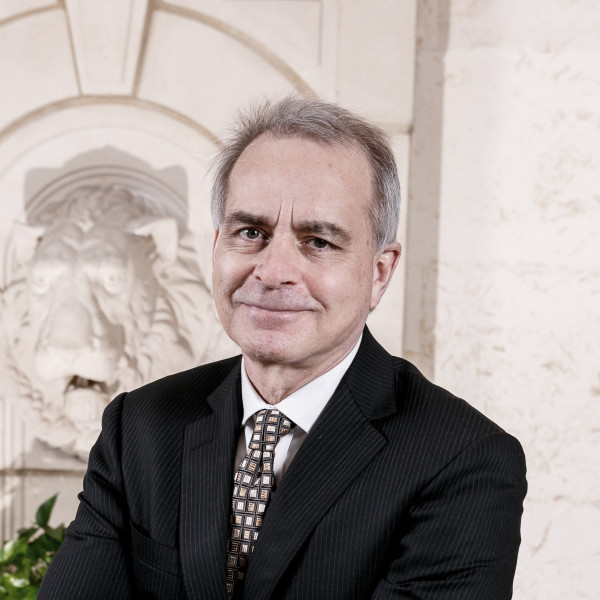While most often done on children between the ages of four and fourteen, ear surgery on adults is also possible and can be used to correct other ear deformities. Ears are almost fully grown by age four and the earlier the surgery, the less teasing and ridicule the child will have to endure. However, parents should stay alert to their child's feelings about protruding ears and should not insist on the surgery until the child wants the change. In most cases, ear surgery will leave a faint scar in the back of the ear that will fade with time. Even when only one ear appears to protrude, surgery is usually performed on both ears for a better balance.
Doctor's Note
 “Even in normal circumstances, social challenges can be difficult for children. But abnormally protruding ears can compound those challenges unnecessarily. I enjoy having the opportunity to work with children like yours because we usually end up having a positive influence on each other. The rewards are mutual!”
“Even in normal circumstances, social challenges can be difficult for children. But abnormally protruding ears can compound those challenges unnecessarily. I enjoy having the opportunity to work with children like yours because we usually end up having a positive influence on each other. The rewards are mutual!”
--Dr. Mark Chariker, MD, FACS

|
Pediatric Otoplasty
Procedure Information
|
|
In / Outpatient, Anesthesia, Length of Procedure
Dr. Chariker performs most ear surgeries in our nationally accredited outpatient surgical center. When operating on young children, he prefers to give them a general anesthesia so they will sleep through the surgery. Older children and adults usually receive local anesthesia along with a relaxing sedative. The procedure takes two to three hours depending on the complexity.
During and After
Dr. Chariker will decide the most appropriate technique. In one of the more common techniques, he makes a small incision in the back of the ear to expose the ear cartilage, which he then sculpts and bends back toward the head. He may use non-removable stitches to help maintain the ear’s new shape, or sometimes may remove a larger piece of cartilage to provide a more natural-looking fold when the surgery is complete. Another technique involves a similar incision in the back of the ear, but in this procedure, he folds the cartilage back on itself to reshape the ear without removing cartilage.
Adults and children are usually up within a few hours of surgery. The patient's head will be wrapped in a bulky bandage immediately following surgery to promote the best molding and healing. The ears may throb or ache a little for a few days, but this can be relieved by medication. Within a few days, the bulky bandages will be replaced by a lighter head dressing similar to a headband. Stitches are usually removed, or will dissolve, in about a week.
Side Effects and Risks
Common side effects following this surgery include temporary throbbing, aching, swelling, redness, and numbness. A small percentage of patients may develop a blood clot on the ear. This may dissolve naturally or can be drawn out with a needle. Occasionally, patients develop an infection in the cartilage, which can cause scar tissue to form. Such infections are usually treated with antibiotics; however, rarely, surgery may be required to drain the infected area. It is possible for mismatched or artificial-looking ears to result. Occasionally the ears go back to their original shape, requiring repeat surgery.
Recovery
Most adults can go back to work about five days after surgery. Children can go back to school after seven days or so, if they are careful about playground activity. Strenuous activity and contact sports should be avoided for one to two months. It is important to keep in mind that ears are naturally slightly mismatched. So, the goal of ear surgery is to create improved, natural-looking ears..
Duration of Results
Results are permanent, except in rare cases where the ear returns to its original shape and requires a second corrective surgery.